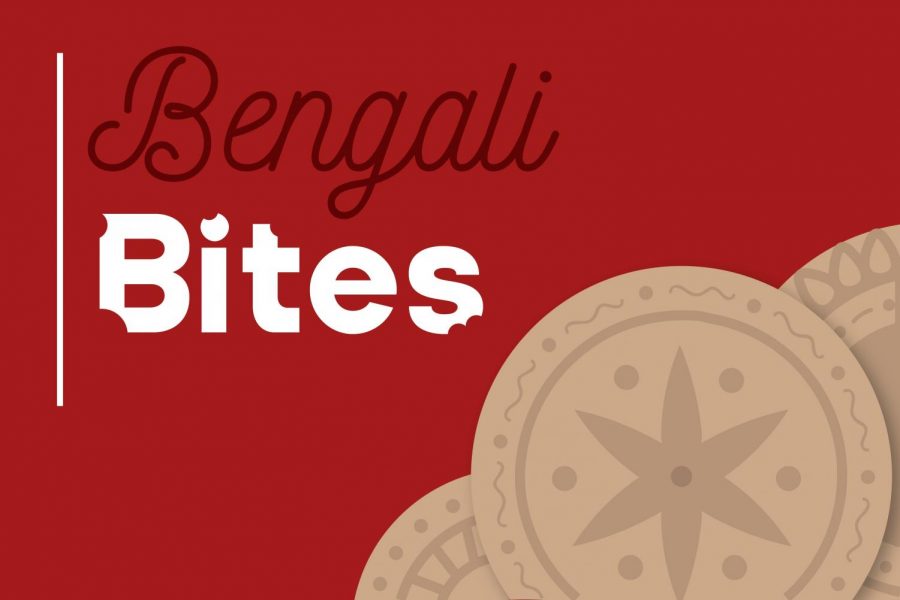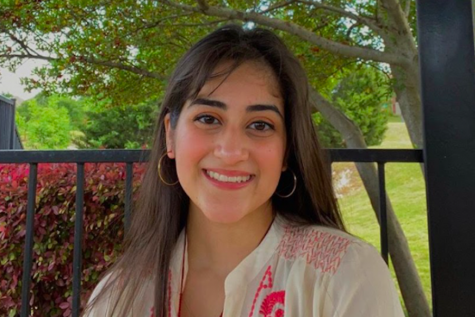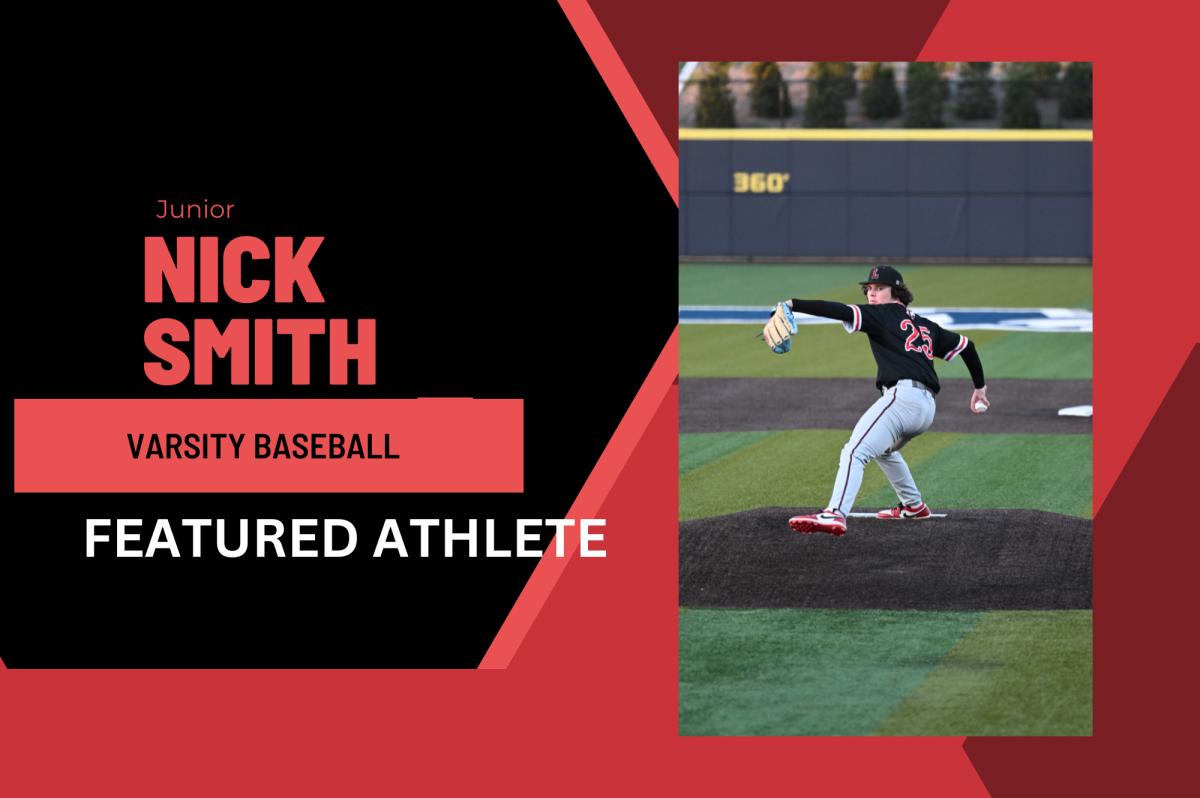Bengali Bites: Rasgulla
Wingspan’s Ananda Ghoshal delves deeper into the world of Bengali food and shares her thoughts.
September 11, 2020
When my family visits India, my brother and I are unsafe from the various relatives feeding us pastries at any given moment, especially from the Rasgullas. I partly blame my dad for telling my relatives that we actually liked it. We didn’t like it, We were being polite. Luckily though, they realised I couldn’t stomach the sweets and stop feeding them to me. It wasn’t until a year ago I found out I was lactose intolerant, so I had to miss out on a lot of Bengali sweets and pastries, but, I didn’t miss having the Rasgullas.
Rasgulla is a white, sweet, spongy and soft dish traditionally made in Bengal and one day my dad sat me down and told me that we would be making Rasgullas together. Of course, I said yes, but we had to use anything other than dairy milk. He looked at me like I grew an extra limb and just agreed. I wish he would’ve told me it wouldn’t have worked, or else I wouldn’t have tried to make ‘chenna’ with almond milk. I wish he would’ve told me what ‘chenna’ was so I wouldn’t have felt so dumb. ‘Chenna’ is homemade cheese curds. Do you see what is wrong in this narrative?
For this food, we used a recipe from “Cook with Manali” while also adding a few of our own ingredients like powdered green cardamom. First, we had to try and make the “chenna”. At this point, I told my dad I would do it myself and I would show him “how cultured I am”. I heated almond milk in a deep saucepan until it came to a boil; thereafter, I followed the recipe and added a ½ cup of water to decrease the temperature.
Next, the recipe said to add 3 tablespoons of lemon juice to the milk. This is where it started going sour (no pun intended); when you add lemon juice to something, the milk’s acidity is increased. This is because lemons contain citric acid, which lowers the pH of the milk when it is added to it; the calcium in the milk precipitates and the milk is curdled. Even though I know the theory of how this works, I’ve never made cheese curds, so it didn’t occur to me that I was doing it wrong. I was slightly alarmed, but not enough to call out for help. The next step was to put the milk in a muslin cloth and drain it until you are left with the chenna. I think you can imagine my face when all the milk simply strained back into the pan, leaving nothing behind.
At that very moment, I felt so frustrated because I knew I did something wrong. I followed the recipe to the very smallest of details, so what went wrong? I called my mom, and upon her not even stepping a foot into the kitchen, I was bombarded with her laughter. She quickly came to inspect the damage and told me that you just can’t make this food with almond milk.
I felt a bit defeated; I spent time trying to perfect this in hopes it would be good enough to eat and even feed to my family. I feel bad when I can’t share the same love for various other Bengali sweets because of something so trivial like the fact that my body can’t handle it. My mother said it was okay though; even if I had used oat milk, coconut milk or even soy milk, it would not have worked. I needed to use the actual fat from the dairy milk to curdle and make the chenna. That was the essence of the sweet. I needed to strain the milk curds and boil them in sugar syrup after they were separated, dried and shaped. Similarly, I can’t make something like “almond milk paneer” because that isn’t possible with the contents of the milk.
I was left with boiled almond milk with lemon juice, so I made muffins with them – which probably would have been more enjoyable than Rasgullas anyway. This experience made me want to find new ways to avoid using dairy while still enjoying Bengali sweets. I learned that a lot of the pastries made use dairy products such as cheese, so,I want to find new substitutes. Maybe, the next time I make Rasgullas, I will have come up with a dairy substitute that curdles the same and can still have the same magic on my family as the traditional Rasgullas do.







